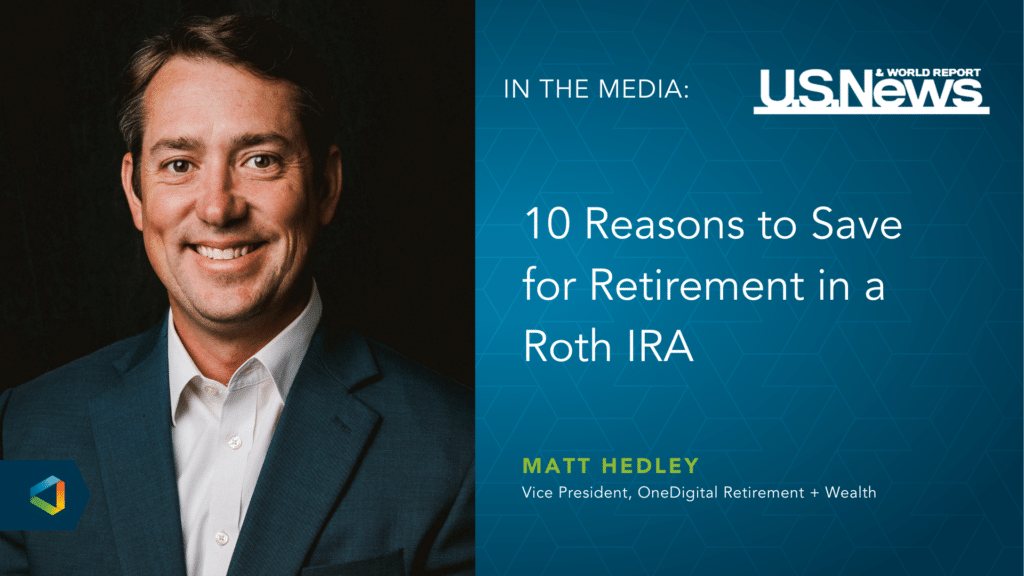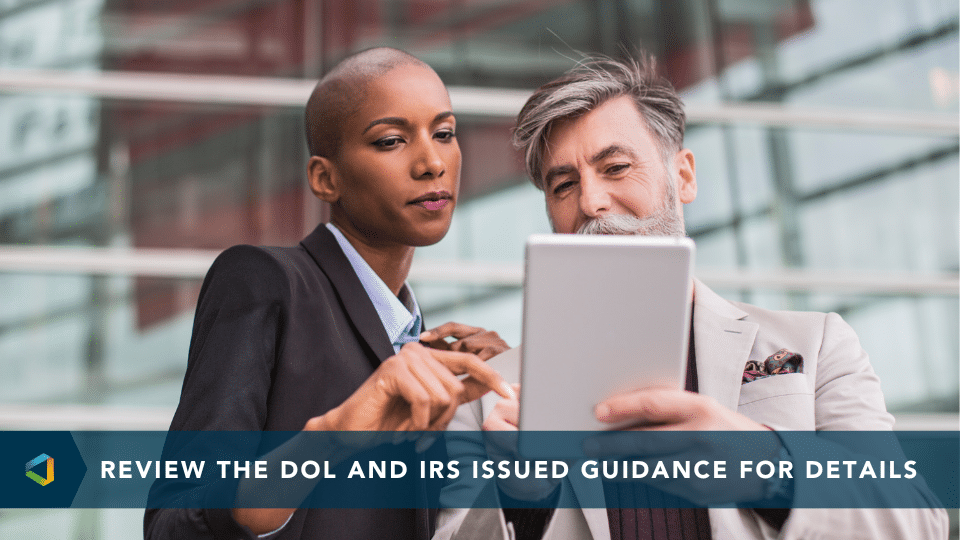Better Benefits, Lower Costs
How the New Roth Contribution Rule Impacts Your Employees
How the New Roth Contribution Rule Impacts Your Employees
Retirement plan sponsors can breathe a sigh of relief thanks to the Internal Revenue Service's (IRS) two-year delay of required Roth catch-up contributions for high-income employees.
On Aug. 25, the IRS released a notice (Notice 2023-62) that Roth catch-up contributions, originally created as part of SECURE 2.0, will be postponed for two years to allow for an administrative transition period. Initially set to take effect Jan. 1, 2024, it will now be enforced in 2026. This law requires high-income employees 50 years and older who participate in 401(k), 403(b), or governmental 475(b) plans to make all catch-up contributions to their retirement accounts in the form of Roth contributions.
The IRS also clarified that plan participants aged 50 and over can continue to make catch-up contributions after 2023, regardless of income. This was included to fix an error Congress made when it passed the SECURE 2.0 Act that could have eliminated catch-up contributions after 2023.
All catch-up contributions before Dec. 31, 2025, will continue to satisfy the requirements of SECURE 2.0, regardless of the contribution type. Also, retirement plans will only be required to offer Roth contributions as an option within their plan at the start of 2026. The IRS stated,
The administrative transition period described in Notice 2023-62 is intended to facilitate an orderly transition for compliance with that requirement.
This postponement period will allow plan sponsors, payroll providers, and record keepers to smoothly transition to the new Roth catch-up requirement and prepare for the updated procedures to take effect in 2026.
What is a Roth Catch-up Contribution?
A Roth catch-up contribution is an additional contribution that can be made by individuals 50 years and older to an employee's retirement plan.
These contributions are:
- Made with after-tax dollars, meaning that all funds submitted can be withdrawn tax-free in retirement.
- Subject to all the standards of yearly contribution limits.
In 2023, the catch–up contribution allows employees to contribute an extra $7,500 to an employer-sponsored retirement plan. The most significant benefit of the catch-up contribution is that it will enable employees approaching retirement age another opportunity to save.
Who is Considered a High-Income Employee?
For purposes of this rule, a high-income employee is anyone who has social security wages greater than $145,000.
How Does this Impact Your Plan and Participants?
This new law affects how high-earning workers 50 and older pay taxes on their catch-up retirement plan contributions.
- Currently, workers can fully deduct their contributions to a retirement account up to a standard annual limit.
- Beginning in 2026, all catch-up contributions for high-income participants must be Roth (after-tax) contributions. This eliminates tax deductibility when contributions after-tax allow distributions in retirement to be made tax-free.
Historically, high-income employees pay taxes on their catch-up contributions in retirement when they are in a lower tax bracket. Once this change is implemented in 2026, employees must pay taxes during their high-earning years and lose the popular tax deduction. Employees would no longer be able to make pre-tax catch-up contributions.
You may be asking, “What does this mean for my plan?” or “How does this affect me as a plan participant?” Currently, no action is required on your part. The two-year administrative period will allow plan sponsors time to transition smoothly to the new Roth catch-up provision and provide plan participants with more guidance about what to expect with this new requirement in 2026.
Good News for Plan Sponsors
The IRS extension for the catch-up Roth contributions deadline benefits the plan sponsor. It allows time to take the necessary steps to communicate these changes to employees and make the required changes to their retirement plans. Right now, there is nothing your employees need to do; no change needs to be made.
Legislative changes can cause employees to be concerned and wonder how this impacts their money available at retirement. The delay in the provision allows for flexibility and time for employees to make the appropriate changes to their contribution. As plan sponsors, it is necessary to update the retirement plan framework for your employees to satisfy the upcoming regulations. Please connect with your trusted adviser to learn how to implement these changes ahead of the Jan. 1, 2026, deadline.
For more information, check out our SECURE 2.0 HUB. Here, you can find more posts related to SECURE 2.0, and sign up to receive a complimentary review to ensure your plan meets the requirements for retirement plans.
Investment advice offered through OneDigital Investment Advisors LLC, an SEC-registered investment adviser and wholly owned subsidiary of OneDigital.




